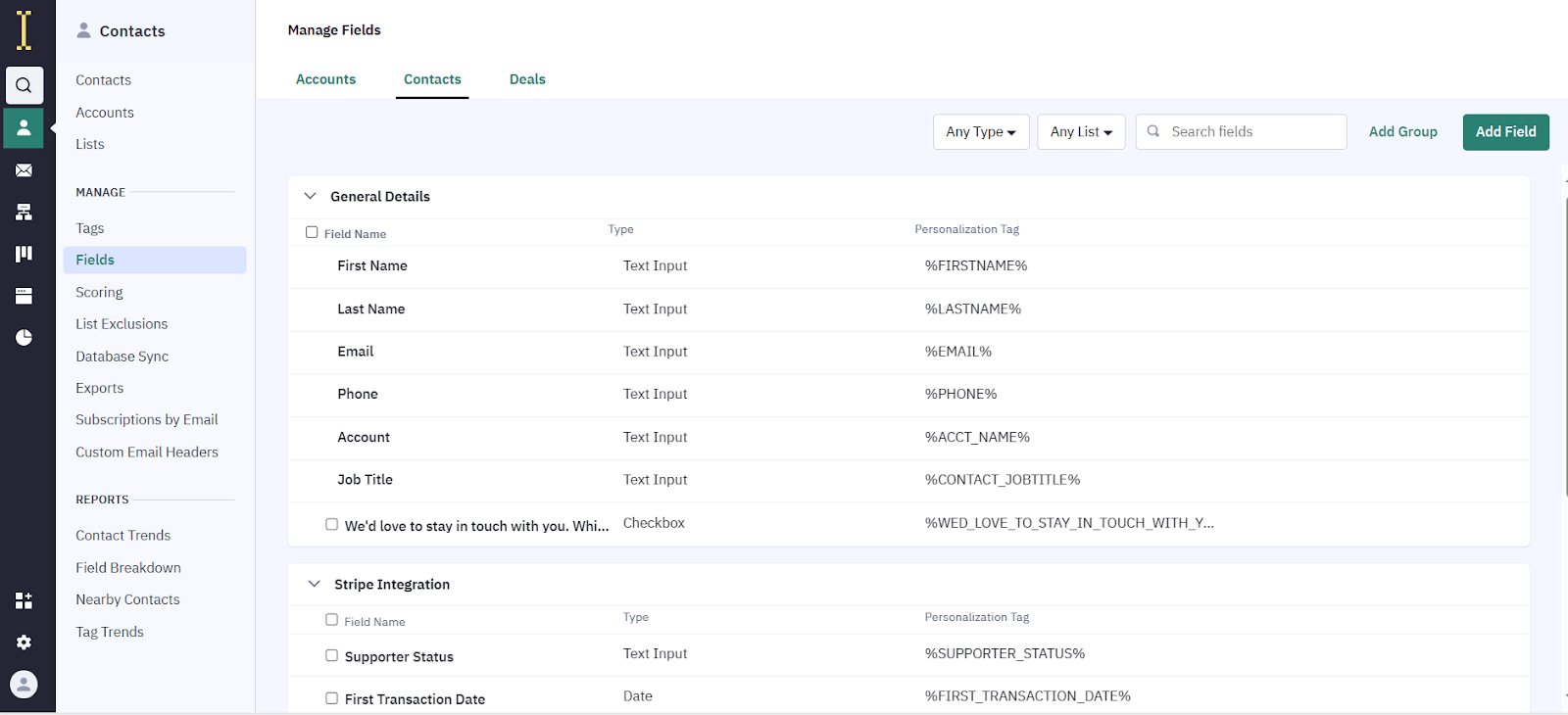Here is a glossary of terms pertaining to your email contacts, as well as how to use them on the Indie Tech Newsletter Platform.
Contact limit
Definition: The number of contacts your account can have before the cost of your account changes.
When you partner with Indiegraf, we ask how many email subscribers you have. This allows us to determine which pricing tier you require for the Newsletter Platform. As your audience grows, your Publisher Guide will keep an eye on your contact limit to make sure it is updated accordingly.
Total contacts
Definition: This is how many contacts are in your account, including all subscribed and unsubscribed contacts. This tally is not the same as how many readers you have subscribed to a newsletter. To note, while unsubscribed contacts are included in your total contacts, they are not counted towards your contact limit.
Most email services keep both subscribed and unsubscribed contacts for archival purposes. For example, if a contact unsubscribes, you legally cannot re-add them to your newsletter list without their permission. Keeping metadata on your unsubscribes prevents you from doing something illegal by accident. Additionally, if you want to analyze your contacts for actions such as churn, you can see which campaigns led to more unsubscribes.
Active contacts
Definition: This is the number of contacts that are subscribed to any of your lists – not just the one you use for sending out your regular newsletters.
Active contacts all count towards your contact limit, even if the contact is not subscribed to your main newsletter list.
Lists
Definition: This is a category of contacts who subscribed to have emails sent to them. This is key if you have multiple publications in one account or multiple product offerings. Readers can unsubscribe from some lists and while remaining on other lists. This makes lists useful for managing contacts.
Lists can serve as a way to categorize your emails — for example, many publishers will email their regular editorial emails to a main newsletter list, while having a transactional list separates out emails regarding financial contributions from the main list.
Lists can be broken down to target more specific groups even further, via segmentation.
Segments
Definition: At times you will want to reach a specific section of a list, rather than all contacts. By adding filters (ex. Including readers with certain tags while excluding others with a certain field, etc), you can create a specific segment of contacts within a list.
The most common case is using segments to separate financial supporters from free newsletter subscribers, but there are numerous ways to use these!
Fields
Definition: Fields are where contact metadata lives. Fields are dynamic, so the information recorded can change according to the actions of a contact. It includes details such as your contact's name, Stripe customer ID and their supporter status.
When you open your Indie Tech Newsletter Platform, our team optimizes these fields for Indie Tech usage. As such, we don't recommend editing it on your own, lest you lose important information!
That said, fields come in handy when filtering contacts to create segments – for example, you can segment by supporter status to make sure only supporters get certain emails. Additionally, fields are also useful for customizing emails – for example, you can use a merge tag in greetings to put first names into your emails to make them more personal.
For accounts with multiple publications, fields can also help manage multiple products. For example, if you have two publications, you'll need to separate lists. If one of the publications also has multiple products/newsletters, however, and you want to give readers an option within one list to manage their preferences, using dynamic fields will make that easier to do, rather than creating multiple lists per publication. (If you have an Audience Strategist, they will help you navigate this).
Tags
Definition: Tags exist for internal categorization, like a label on a file folder. Unlike fields, they are not dynamic by default — the most you can do is tag or untag a contact. (Tags can be made dynamic by including the addition or removal of a tag via an automation.)
We recommend tags for static categorization. For example, you might tag contacts that came in through an in-person event separately from contacts that came in from online signup forms, so you can track whether the signup source impacts how long a contact stays engaged.
Similarly to fields, once a tag is set up, you can use it to filter contacts and create segments.


